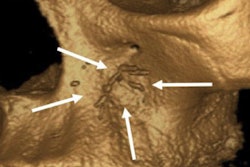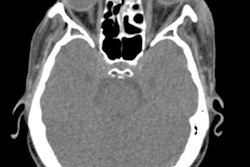Dear DrBicuspid Member,
Our top story of the week detailed a case in which a substance often used to disinfect root canals was injected incorrectly into a 16-year-old girl during endodontic treatment.
Calcium hydroxide was injected beyond the girl's tooth apex during a root canal, leading the patient to experience severe pain and a change in skin color on her cheek near her molar. The patient also experienced swelling, bruising, and paralysis.
That case wasn't the only one to garner the attention of readers this week. Our audience also read about how clinicians corrected a woman's severe malocclusion and cured her of chronic orofacial pain without the need for surgery.
Promise of nanoparticles for dentistry
Over the years, DrBicuspid.com has covered the potential of nanoparticles for oral health, and a new study further supports that potential. A nanoparticle-containing solution designed to treat anemia also reduced the buildup of dental plaque and suppressed tooth decay.
The new study is the first to show the nanoparticle's therapeutic potential for caries, the researchers believe. If you want to learn more, be sure to check out our past coverage on nanoparticles that show promise for biofilm disruption and six ways nanoparticles are the future of dentistry.
Insights from dental leaders
Dentistry is going through a time of transition, and the profession needs leaders who can bring together coalitions and effectively advocate for oral health. But what attributes do those leaders have in common? Apparently, four traits and three challenges, according to research done by a team from Canada.
The Canadian researchers interviewed 14 dental leaders and compiled their insights on what makes these individuals so effective. The shared traits included building a network, seizing opportunities in dental school, and embodying humility, passion, and competence.
Tonsillectomies linked to periodontitis
Last but not least, you can add yet another systemic condition linked to periodontal disease. New research has shown that the risk of periodontitis may be higher in individuals with their tonsils removed, and that risk is magnified for patients younger than 12. Infection and sleep apnea could be behind the relationship, the researchers noted.



















